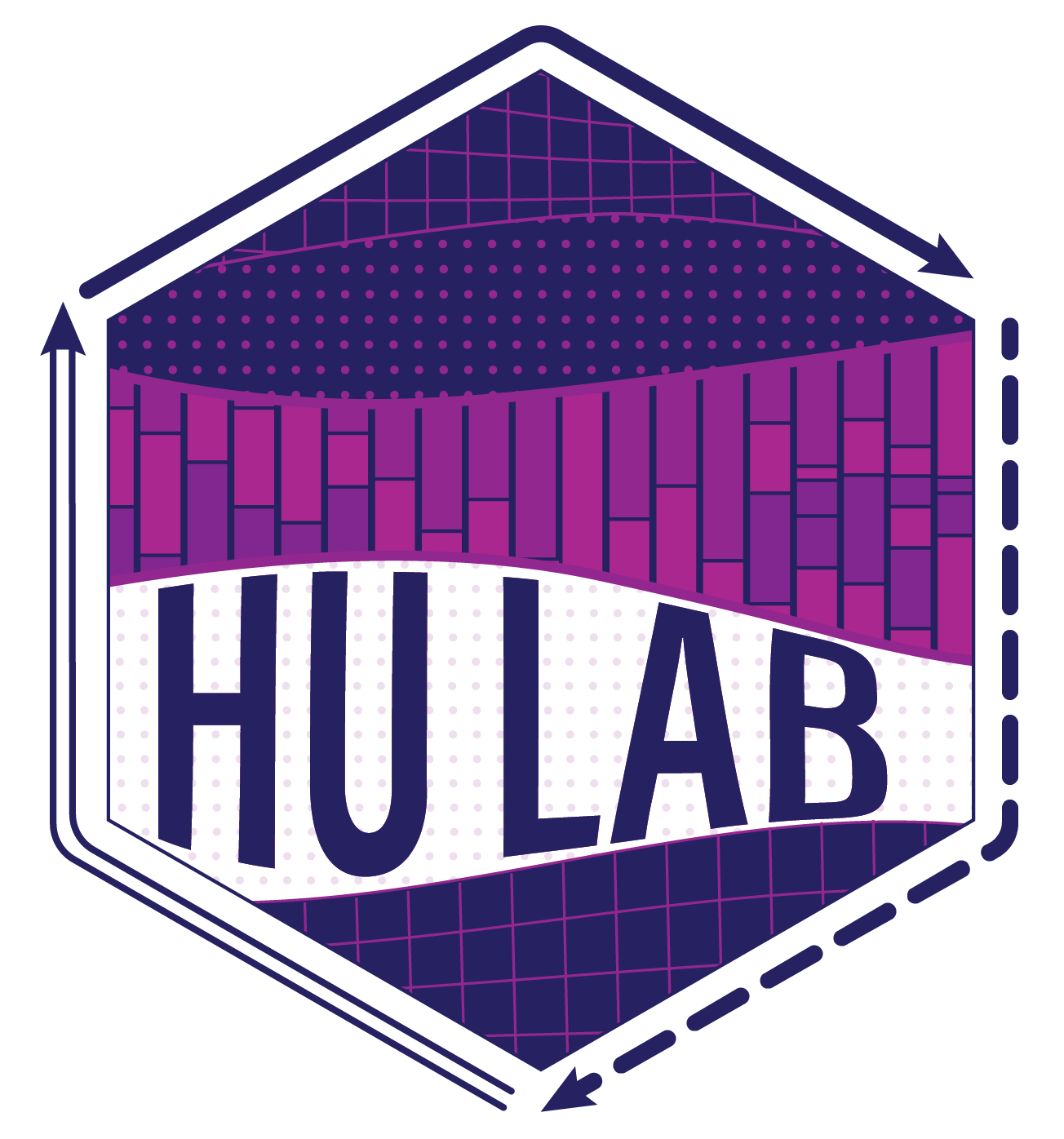
The Hu lab is located in the Department of Oceanography at Texas A&M University (College Station, TX). We explore the ecological significance of unicellular eukaryotes (microeukaryotes or protists) in marine ecosystems, especially in the deep-sea. Microorgansims fuel the critical biogeochemical processes that make the planet what it is - in turn, they can be bellweathers of environmental change. We use a range of meta’omics and lab experiments to understand what protists are where and what they are doing.
Hu lab

The interconnected microbial eukaryome means I am interested in the relationship between microbial eukaryotes and their environment, and microbial eukaryotes and other organisms. Research typically starts with questions such as Who is present?, What are they doing?, and What is their ecological role in marine environments?
Protistan species make up the majority of the branches on the eukaryotic tree of life. Similar to their vast and complex morphological ( e.g., skeletal structure, modes of mobility, and size), the nutritional strategies (or feeding methods) protists are capable of are diverse and complicated. The three core trophic modes include phototrophy, heterotrophy, and mixotrophy. These trophic strategies place protists at the center of marine food webs – meaning, they mediate or facilitate central routes of energy and nutrient flux. Hence, protists play several key ecological roles at the base of marine food webs.
